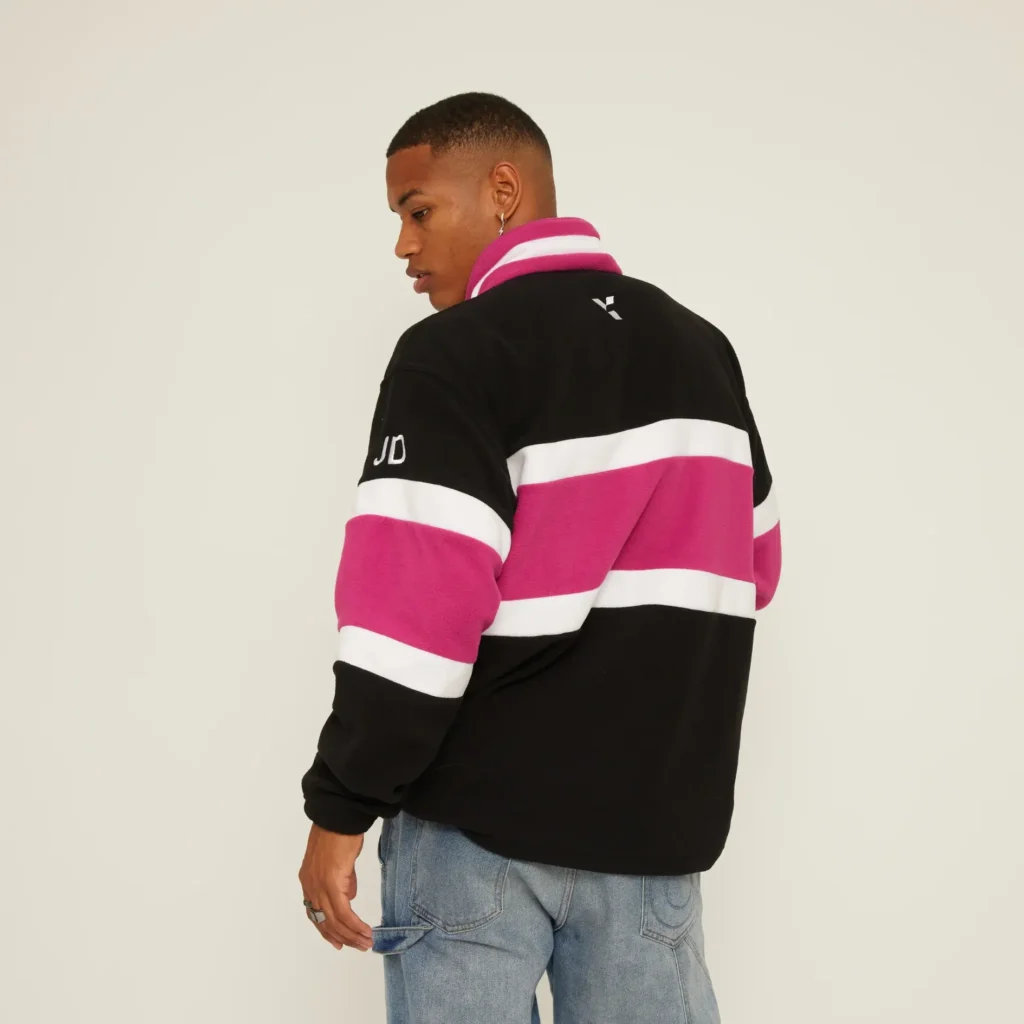Are you tired of wearing the same massively produced clothing that everyone else has? Creating your own custom clothing is not only a rewarding creative outlet but also ensures you have unique pieces that perfectly match your style and personality. In this comprehensive guide, we’ll walk you through the process of designing your own custom apparel.

Understanding the Basics of Custom Clothing Design
Before stepping into the creative process, it’s essential to understand the fundamental elements of clothing design. Whether you’re a beginner or have some experience with DIY fashion, knowing these basics will help you create better-fitting, more professional-looking garments. At Khaaman, we believe that everyone can become their own fashion designer with the right guidance and tools.
Essential Tools and Materials
To start your journey in personalized outfit creation, you’ll need some basic tools and materials. These include measuring tape, fabric scissors, sewing machines, sketching materials, and quality fabrics. The choice of materials will significantly impact the final look and feel of your custom apparel.
Design Process: From Concept to Creation
Start by gathering inspiration from various sources, such as fashion magazines, social media, or street style. Sketch your designs, considering factors like silhouette, fabric choice, and details. Remember that successful DIY fashion projects often begin with a clear vision and detailed planning.
Taking Accurate Measurements
Precise measurements are crucial for creating well-fitting custom clothing. Take measurements of all relevant body parts and record them carefully. This step is vital for ensuring your personalized outfits fit perfectly.
Choosing the Right Fabric
The success of your custom apparel largely depends on fabric selection. Consider factors like season, occasion, and comfort. Khaaman recommends starting with easier-to-work-with fabrics if you’re new to clothing design.
Pattern Making and Cutting
Creating or modifying patterns is a crucial skill in DIY fashion. Start with basic patterns and gradually move to more complex designs as you gain confidence. Take your time with cutting, as mistakes at this stage can be costly.
Assembly and Sewing
Follow your pattern instructions carefully during assembly. Take your time with sewing, and don’t skip important steps like pressing seams. Quality construction is key to professional-looking custom clothing.
Adding Personal Touches
Make your custom apparel truly unique by adding personal touches like embroidery, unique buttons, or custom prints. These details can transform a simple garment into a standout piece.
Final Fitting and Adjustments
Always do a final fitting before completing your garment. Make necessary adjustments to ensure perfect fit and comfort. Remember that even small tweaks can make a big difference in how your custom clothing looks and feels.
Care and Maintenance
Learn how to properly care for your custom-made clothing to ensure longevity. Different fabrics require different care methods, so create appropriate care labels for your personalized outfits.
Conclusion
Designing your own custom clothing is an exciting journey that combines creativity with technical skills. With practice and patience, you can create unique pieces that perfectly express your personal style. Remember that every designer started somewhere, and each project is an opportunity to learn and improve your DIY fashion skills.
